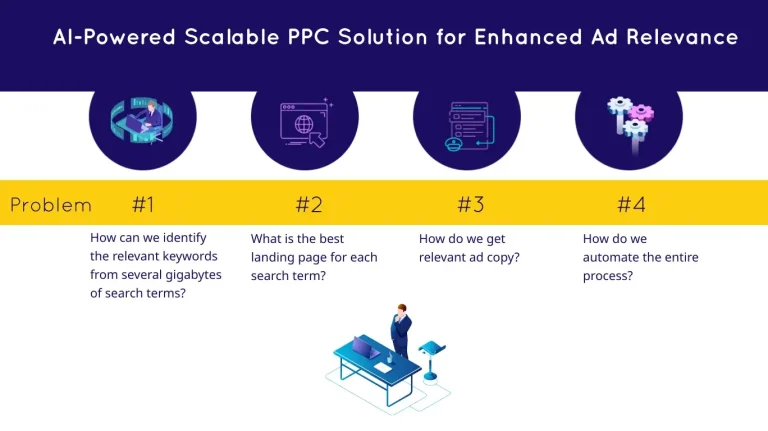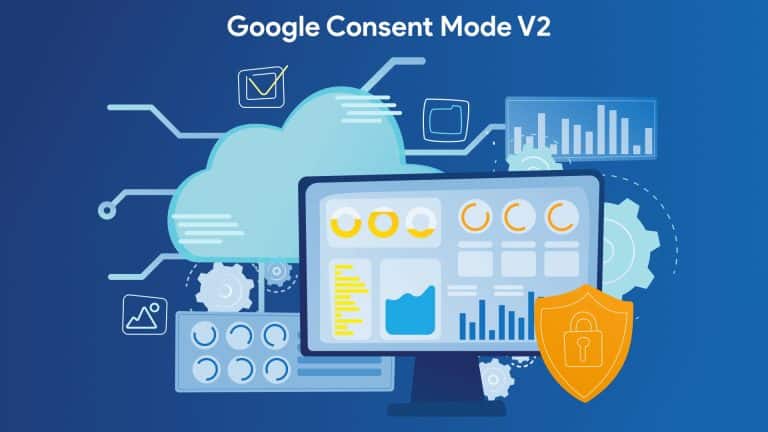Identifying the quality of a placement is more difficult on mobile apps. Insufficient sample size can be quite a challenge. Here is a smart solution to tackle this problem.
Identifying good or bad placements can be very difficult. For website placements we’ve been enjoying great success with making a domain “fingerprint” and use the data available in the ads.txt file. Now it’s time for an approach that provides us with insights on mobile app placements where sample size is a problem. In this blog, post we inspect all apps in the Google Play Store. iTunes Store will be next.

Dealing with small sample sizes
Since we don’t have enough reliable information at start, we’ll need to enrich app data with new dimensions we scrape from the app store. To achieve this:
- Download the placement performance report and lookup additional attributes in Google Play. When we group the performance data by those attributes we suddenly get big simple sizes and we hopefully will discover some good and also bad patterns.
- Derive some new own features out of Google Play data, e.g. put the number of ratings in relation to the number of installs. A “tuned” rating profile may also mean that they “tune” CTRs somehow.
- Use the best features and put them in a model that gives a score per app placement. We’ll get to that in another post.
Discover performance patterns
We stored my scraping results and the placement performance data to a sqlite database. This is pretty nice to do some joins and groupings on our data set, which consists of 16.000 app placements. Because we can’t show absolute numbers we’ll use cost share vs. conversion share of each pattern.ern.
- Group by developer
- Group by genre
- Group by (ratings/installs)
- Group by (developerHasAddressinformation)
- Group by (appCountByDeveloper)
How to use the results to optimize in Google Ads
- Block some apps completely: When we have more than one fraud signal we should block the placement.
- Use the scoring of each app placement to derive a good bid estimation: Bidding is easy for elements with enough sample size. In reality we will spend the highest amount of our budget on elements where we are not able to use just click data to estimate a good bid.
Key takeaways
???? To gain insights from small sample sizes on mobile apps, first you’ll need to enrich the data.
???? Adding some features to the equation can uncover possible fraud.
???? Block the placement if there’s more than one fraud signal.





